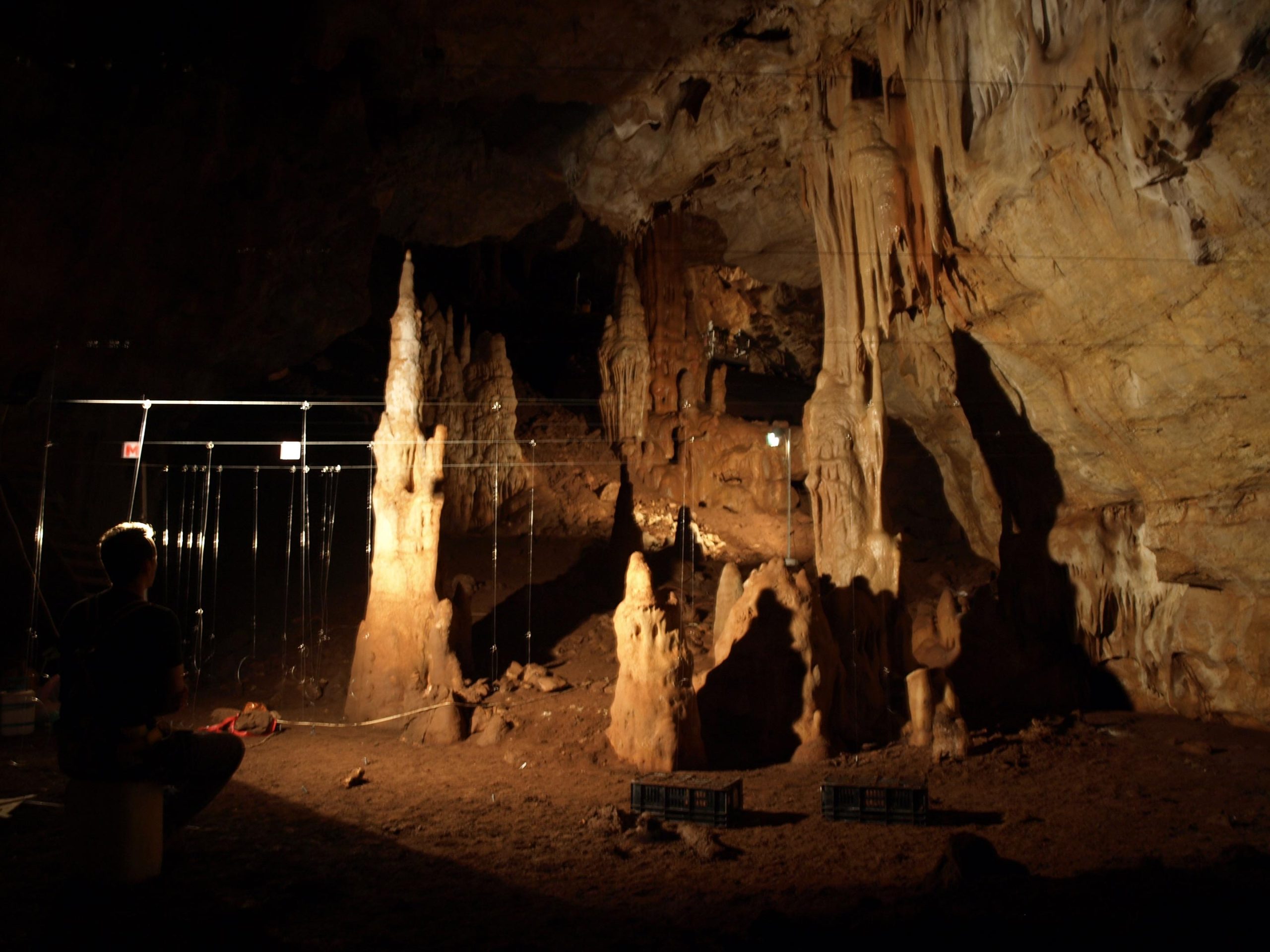Connect with us
Published
2 months agoon
By
admin
A significant archaeological discovery has been made in Manot Cave, Israel, where researchers uncovered a 35,000-year-old ritual complex that highlights the social and spiritual practices of early human societies. Led by Dr. Omry Barzilai and a team from several universities, this complex features a uniquely engraved rock resembling a turtle shell, suggesting its role as a totem or spiritual symbol within the cave’s deeper, darker chambers, away from daily activities. The site is significant for understanding communal rituals among Paleolithic hunter-gatherers, providing insights into their symbolic world.
The findings, published in the journal PNAS, indicate that rituals were central to the emergence of collective identity as humans transitioned from isolated groups to larger societies. Additionally, the cave boasts remarkable acoustic properties, which likely enhanced communal activities such as prayer and singing. Excavations have also revealed tools and artifacts from the Aurignacian culture, known for its symbolic creations. The discovery of a deer antler in a hidden chamber suggests a tie to these rituals. The research enriches our understanding of prehistoric human societies, emphasizing the critical role of rituals in creating social bonds and collective identity.













